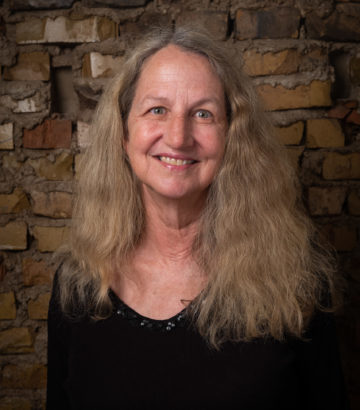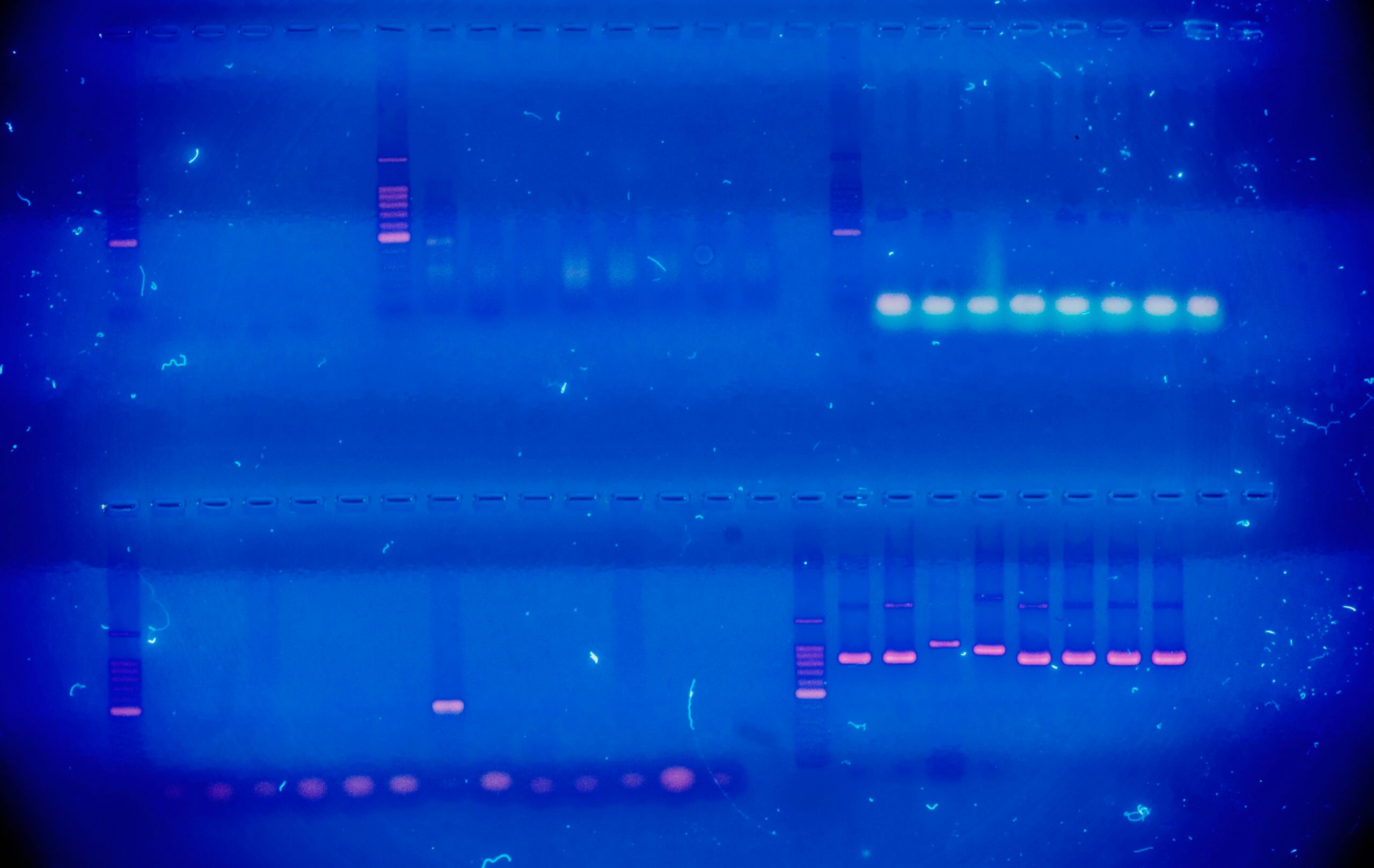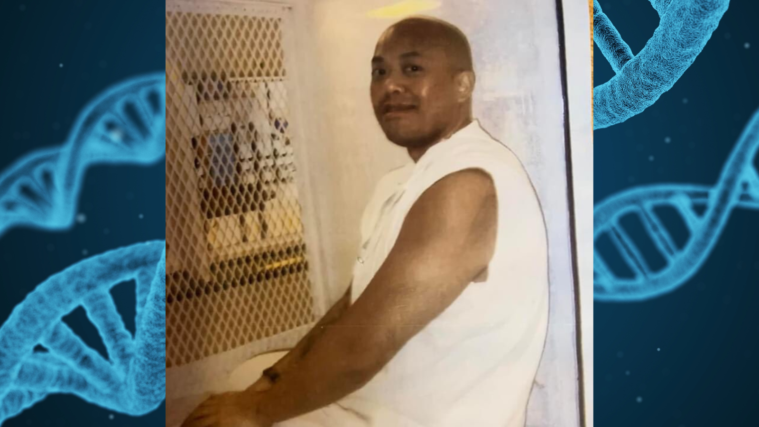At 17, Howard Dean Clouse Jr. hung out with people his family called “Jesus Freaks”—cool, bearded Brothers and long-haired Sisters who found converts in Central Florida’s forgiving climate. His mother worried when she found him engaged in conversation with two brothers wearing white robes in the kitchen of the family home in Lake Smyrna one afternoon. Her son, whom everyone called “Junior,” sometimes traveled with the Brothers, but he always came home. By the late 1970s, the powerful Jesus People movement, which made the 1971 cover of Time with its beachside baptisms and chanting crowds, had already begun to lose its allure.
By 1979, Dean, too, had drifted away—he fell in love.
Her name was Tina Linn. Tina was only 15, but the couple immediately shared close connections. Dean’s sister was dating Tina’s brother, and would later marry. Her dad died when she was young and so did Dean’s. A surviving snapshot shows them together on the hood of a car, each with an arm wrapped around the other. Together they face into the wind wearing white t-shirts and matching smiles.
The pair slipped off on June 25, 1979, to marry at the Volusia County Courthouse. The gothic building topped by a cupola and an ornate, four-sided clock was as majestic as any chapel. Their daughter Holly was born on January 24, 1980. By then, two of Dean’s sisters were married and pregnant too—and the three women dreamed of raising the cousins together. But then Clouse, who had a gift for cabinet-making, landed a job with homebuilder D.R. Horton and followed the early 1980s construction boom to the burgeoning Dallas-Fort Worth metro area. That summer, they borrowed his mother’s maroon GMC Concord sedan, tucked their belongings and their baby inside, and began the 950-mile journey west. They intended to build a family life together in Texas.
Only somehow, somewhere in the Lone Star State, the couple’s big dreams went terribly wrong.
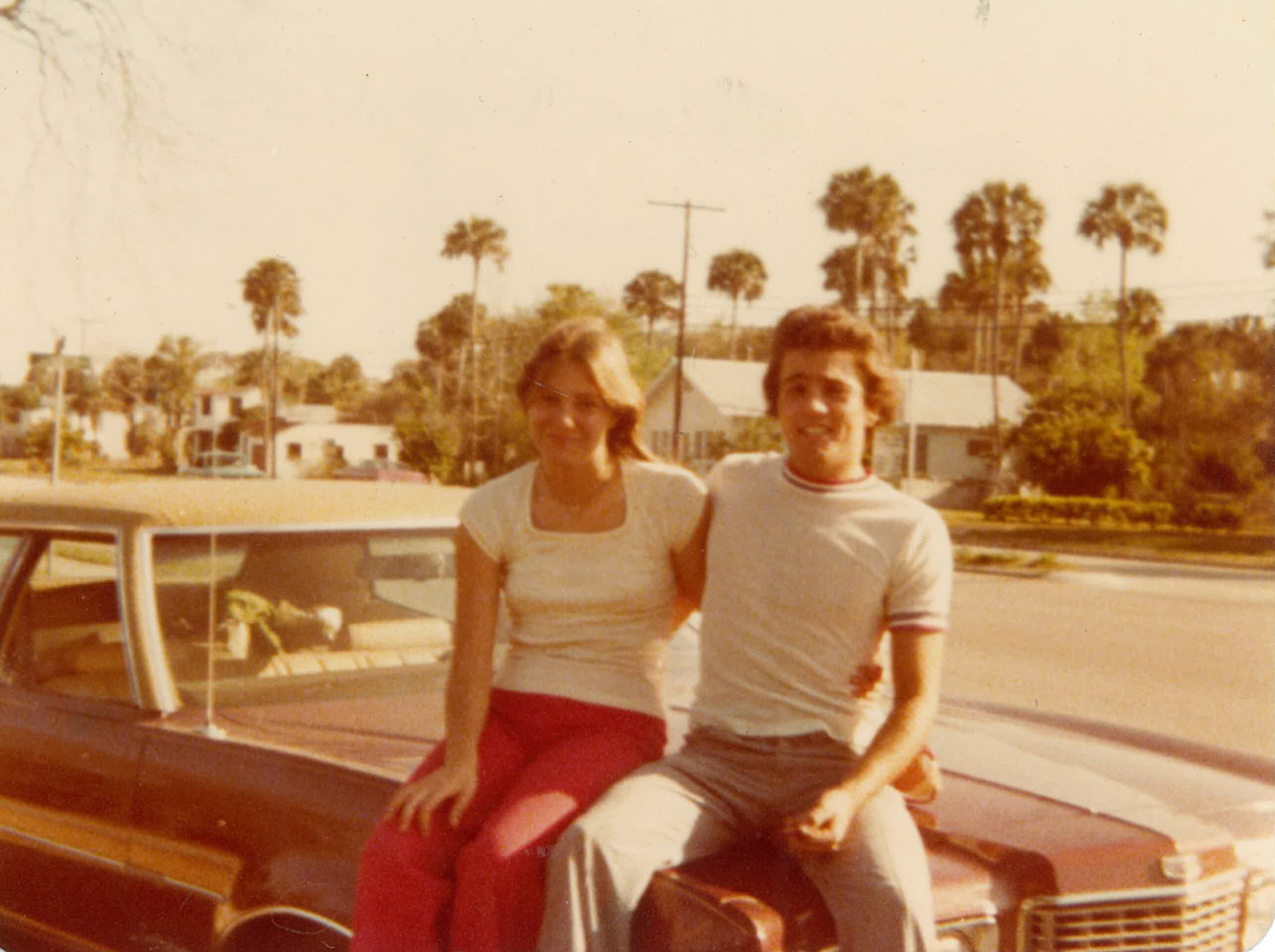
In mid-1980, Dean and Tina moved to Lewisville, a small town snuggled up to a muddy, oversized lake, and bunked with his cousin in the city of 24,000. Dean and Tina soon got their own place. But work was sporadic and times got tough as Dean waited in-between jobs. Still, they were happy together. Tina sent home a Christmas letter in December 1980 with photos of Holly, already pulling herself up to stand. Her infant’s face had filled out, her reddish-brown hair the same shade as her mama’s.
Then the Clouses disappeared. For 41 years, no one—except their killers—knew what had become of them.
In January 1981, the bones of a man and a woman were found in a patch of boggy woods beside Wallisville Road, just north of Houston’s city limits. Both were victims of homicide, but no one knew who they were. Investigators speculated that the woman might have been attacked first, and the man died defending her. Some Harris County Forensic Anthropologists thought of them as “Romeo and Juliet.”

By the early 1990s, FBI agents and crime labs began matching DNA from unknown crime victims—or blood or semen left behind by suspects—to information in a U.S. government database called the Combined DNA Index System, or CODIS. But that database was limited to DNA from convicted criminals and crime scenes as well as a separate, smaller archive of profiles from samples submitted by relatives of missing persons. Few of America’s backlog of unidentified dead match CODIS entries.
DNA samples from the couple, long-buried in the county cemetery, were finally entered into national databases in 2011, when Harris County got a grant to exhume the remains of several unidentified murder victims from the National Institutes of Justice. By then, information about unidentified persons was also being routinely compared against missing persons’ reports in both FBI databases and in a public database known as NAMUS.
But the two were part of a far larger problem that experts call the nation’s Silent Mass Disaster. Harris County alone had a backlog had more than 300 unidentified bodies—and there were more than 40,000 unidentified bodies all across the United States. Many are victims of serial killers, part of what the Texas Attorney General’s office estimates are 269,200 unsolved homicides in the United States and approximately 19,200 across Texas. That huge caseload is one reason that, in 2021, the AG’s office began a cold case task force.
The hope in 2011 was that the couple’s DNA samples would eventually lead to their identifications. And finally in 2022, there was a breakthrough.
Beginning in 2017 and accelerating into 2022, an unlikely set of collaborators had begun to help solve dozens of America’s coldest missing persons and murder cases through “genetic genealogy,” a technique that first became nationally known when it was used to solve a cold serial murder and rape case committed by a man dubbed the Golden State Killer. Genetic genealogists—including some scientists, and many amateur sleuths—in collaboration with cold case police detectives, soon began to compare profiles from many other unsolved crimes and unidentified victims to publicly-available profiles in commercial consumer DNA databases with the goal of finding families of unknown murder victims. Those searches often began by matching far-flung and distant relatives. Then the genealogists built family trees with the aim of figuring out connections and tracing lost identities.
Finding suspects through that mechanism proved controversial. But there was more support for making IDs. In Texas, such unconventional partnerships sparked an astounding series of breakthroughs. In one jaw-dropping development, the identification of Dana Dodd, a murder victim formerly known as “Lavender Doe,” also led police to the culprit, who’d left his own DNA behind at the 2006 Kilgore crime scene. He was a murderer already imprisoned for killing another woman.
In 2022, two women working with a California-based group of genetic genealogists called Identifinders got a grant they used to tackle a Harris County cold case: A young man and an even younger woman, only a teenager, who’d been found dead together in the woods in 1981.
Misty Gillis, a working mom with a knack for computerized research who has cracked several IDs for Identifinders, followed the male’s consumer DNA data trail to a hodgepodge of distant kin in Kentucky. Gillis partnered with Allison Peacock, an ex-Texan who’s now an Albany, New York-based genetic genealogist, on the case. Peacock began tracking the unknown woman’s relatives, also as part of Identifinders. The duo’s careful study of links between both branches of the unknown man’s and woman’s family trees soon bore fruit.
Gillis began to zero in on a Kentucky family with the surname of Clouse who had relocated to Florida. In only weeks, she found the phone number for the sister of a man whose remains had been unidentified for more than 40 years. Gillis, often shy about reaching out to family, asked Peacock to make the call. Together they reached out to a woman named Debbie Brooks.
“Do you have a missing relative?” Gillis asked. She had made other IDs before, but this was always an awkward question.
“Yes, my brother Dean,” Debbie Brooks answered.
Peacock and Gillis both told Brooks that they believed they’d found her brother, but he’d been murdered. “His body was found in 1981,” Gillis said, sticking to facts posted for decades online.
Brooks added that Dean had a wife. “Her name was Tina,” she said. With one thrilling phone call, Gillis and Peacock basically solved two lost identity cases.
But neither Gillis nor Peacock could answer another question Brooks posed: “Where’s the baby?”
Weeks after those IDs, more questions have emerged: Who will investigate the 1981 murder of Dean and Tina Clouse? Did the Jesus Freaks have something to do with it? And what became of Holly? Was her tiny body carried away by predators or overlooked?
With help from relatives, Peacock, who no longer works with Identifinders, has already begun exploring another possibility: Was Holly kidnapped by her parents’ killers? If so, she’d be a woman of about 42 with no memory of them at all.
-
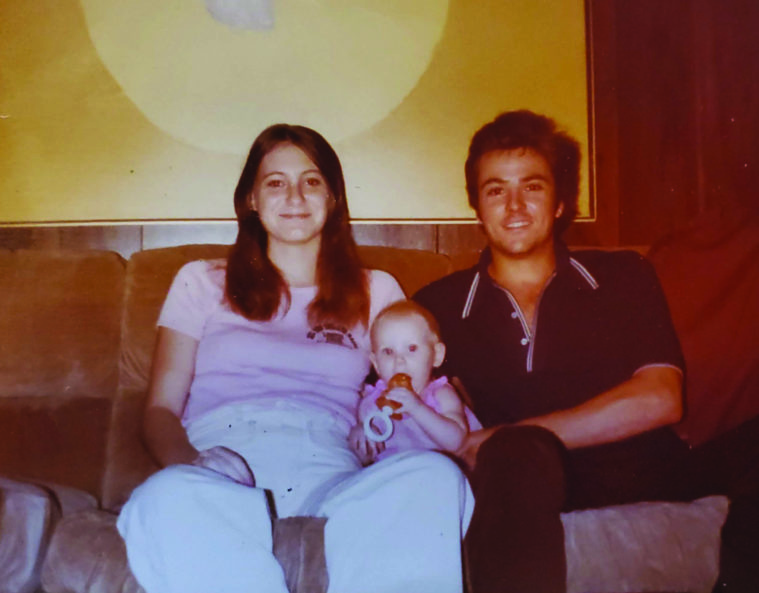
Tina, Holly, and Dean Clouse Credit: Courtesy of the family -
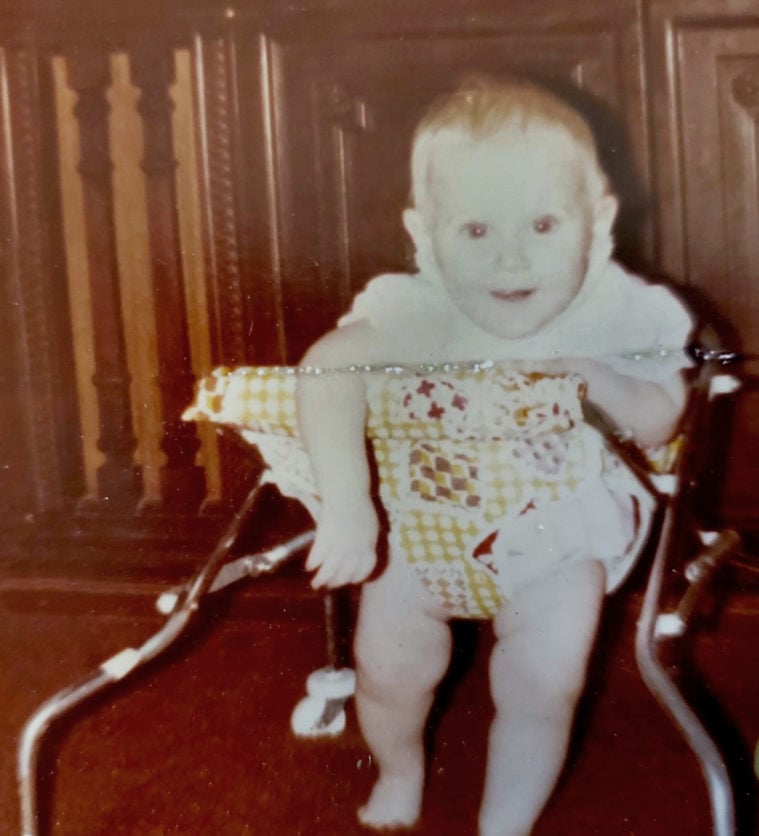
Holly Clause Credit: Courtesy of the family
The Clouse homicide case is considered active in Harris County, according to Deputy Thomas Gilliland, a Harris County Sheriff’s Office spokesman. But recently, that department, which has jurisdiction over a county of 4 million—a population larger than most states—essentially defunded their cold case unit. The two detectives who once oversaw unsolved murder cases like this one have been reassigned, leaving the unit with only one part-time investigator. Gilliland told the Observer via email that the department has “no active suspects or any information on the missing daughter. This case may be transferred to the Texas Attorney General’s Missing Person & Cold Case Unit so that they can utilize more manpower/resources than we can.”
Unfortunately, the cold case task force formed last year by the Texas Attorney General’s office has only just begun to take its first cases. The group’s blue-ribbon advisory board has met, but its progress has been frustratingly slow, members say. Potential leads in the 1981 murder of Tina and Dean Clouse—and the disappearance of their baby Holly—are scarce. It’s unclear if any of the physical evidence from the murder scene is still around.
And it’s not the only high-profile cold murder case in Texas that seems to need urgent attention. Most genetic genealogy groups, like Identifinders, rely on small grants or even crowdfunding to work cold cases. But even with limited funding, relatives of several other Texas homicide victims have already been identified through genetic genealogy.
In April 2019, genetic genealogists had identified two out of four women murdered and dumped at different times in a lonely patch of woods in League City, Texas. But the serial murder case called “the Killing Fields” remains unsolved more than 30 years later.
Then, in August 2019, other genealogists working with the non-profit DNA Doe Project helped identify Debra Jackson, a teen found on Halloween 1979 off I-35 north of Austin. Jackson’s murder was initially blamed on Henry Lee Lucas, Texas’ notorious lying “Confession Killer.” But Lucas’ death sentence was commuted after his lies were exposed, and Jackson’s murder also remains unsolved.
The state’s huge backlog of unidentified murder victims should not exist at all, argues Kristen Mittelman, whose husband and business partner David is a member of the AG Cold Case and Missing Persons Unit Advisory Committee. She and David Mittelman, who together run a genetics lab in Houston called Othram, both told the Observer that the state should move more quickly. “We’re super excited with the task force. But unfortunately, we haven’t worked any cases,” she said. “What’s going to change the world is creating a way to solve these cases at scale—and to be able to clear 1,000 of cases at a time and be able to clear these backlogs.”
The mystery of what happened to Dean, Tina, and Holly Clouse leads back to people who Dean’s family remembers as Jesus Freaks. Unfortunately, that’s a label broad enough to encompass many Christian communities, including churches, coffeehouses, communes, and cults.
Jesus Freaks or Jesus People was a movement that arose seemingly spontaneously across the United States in the early 1970s, according to researchers like Professor Larry Eskridge, author of God’s Forever Family: The Jesus People Movement in America. Pro-Christ hippies opened coffeehouses; Jews for Jesus grew beards; charismatic traveling pastors attracted followers, including young drug addicts who declared themselves instantly cured after public baptisms. “What will get you higher than acid? What will keep you up longer than speed?” went one popular chant. Ultimately, Eskridge identified 1,200 groups for his book, which he estimated was only about “half of the Jesus People groups and gathering spots that actually existed in the years between 1969 and 1977.” Some groups smoked pot; others preached abstinence.
The Jesus People umbrella also included evangelical teens challenging church dogma and hip pastors inviting drummers and guitarists into church to jam. One of the largest gatherings was in Texas: Some 85,000 people flocked to Dallas for the 1972 EXPLO sponsored by Campus Crusades for Christ, later dubbed “Godstock.” Eskridge and others credit the Jesus People with inspiring what became Christian Rock, large Christian music festivals, and the birth of the megachurch.
But some groups were more extreme—including members of wandering sects that cast off all possessions and, when necessary, went dumpster-diving to survive.
Pastor Richard A. Bustraan, a Florida native who now preaches at a church in The Woodlands, an upscale Houston suburb, researched many charismatic 1970s leaders during his years as a Ph.D. candidate in Birmingham, England. Bustraan met many people while researching his own book, The Jesus People, A Story of Spiritual Revolution Among the Hippies: “A lot of the people I interviewed were badly burned by people who had control issues—and who used their position to control people. Sometimes it was sexually driven. Sometimes it wasn’t.”
Tina and Dean’s family suspect that current or former members of a more extreme subgroup might know more about what happened to Dean and Tina. Their reason is compelling: It was a trio of Jesus Freaks wearing long white robes and long hair who brought back the car that the Clouses had driven off to Texas, recalled Dean’s mother, Donna Casasanta.
After four decades, her memories of that meeting are even more disturbing now that she knows the meeting occurred after her son and daughter-in-law had been murdered.
Dean, Tina, and Holly had been out of touch for weeks when a man called out of the blue in 1981 to say he’d found their maroon GMC. He said he was arranging to have it driven back from Los Angeles, California to Volusia County, Florida, and sought to arrange a meeting at—of all places—the Daytona Speedway parking lot around midnight. A group of women drove up in the GMC that night. One introduced herself as “Sister Susan.” She looked to be in her 30s. Both she and two younger companions wore long hair and loose white robes. Sister Susan alone spoke; she wanted Dean’s mother to donate $1,000.
Casasanta wanted to have them arrested. She figured those women must know where her son was. She was only told: “He’s joined our group and he’s cutting off ties.”
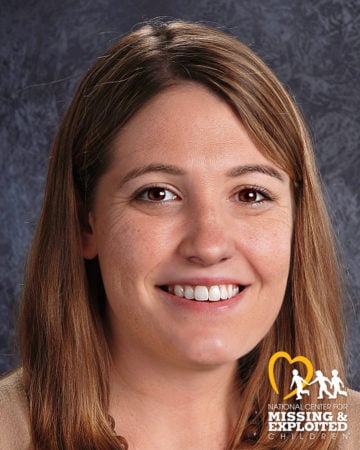
Beginning in 1981, both families—Dean’s and Tina’s—tried to report them missing. The Clouse family contacted Daytona Beach police, but given that the couple’s car had been returned, an officer said their disappearance seemed voluntary. Tina’s family, the Linns, turned to the Salvation Army, which in the 1970s was tracking missing persons. The nonprofit kept the information, but it was never entered into the FBI’s NCIC system—the national law enforcement database which is often used by police and morgues when unidentified bodies are found.
As decades passed, both families reluctantly accepted that Dean, Tina, and their baby might be roaming around the country with some band of Jesus People. Les Linn, Tina’s brother, now sees the return of a car as a trick meant to keep the family from pressing for a formal investigation decades ago.
Thousands of young people each year left behind families in the 1970s, though the groups were less popular by the 1980s. Some joined communes or wandering bands some considered cults. In the trailer for a 2011 documentary, “God Willing,” about an international religious group called the Brethren, one young man sent this letter home. “Dear Family—Don’t worry about me. I’ve gone with the missionaries (The bearded ones, remember?) To serve the Lord. This is what I want to do with my life. Don’t fill out the missing person’s report …”
Joseph Szimhart, a counselor who worked for years in New Mexico, where he helped both former members of separatist Christian groups and their relatives, told the Observer in an email that several groups could fit the very general description offered by Dean’s family. One group, dubbed the Christ Family, was based mainly in desert camps in California and New Mexico, but passed through Texas in the 1980s, too. Christ Family followers also wore simple clothes and eschewed possessions, he said. Their leader, Lightning Amen (formerly known as Charles Franklin McHugh), was convicted of the transportation and sale of methamphetamines and in 1987 was sentenced to five years in prison.
Experts interviewed by the Observer said that it’s possible that current or former members of a wandering religious sect that passed through Lewisville or Houston in 1980 and 1981might be able to provide information. After all, these days both followers and survivors of groups that some consider cults sometimes communicate via online forums that previously did not exist. “The baby might have been raised by someone else or sold,” Bertram said. “It’s worth chasing down. Somebody might pop up.”
Dean and Tina’s last journey together as a couple ended in an isolated stretch of swampy woodlands just north of Houston—around 250 miles south of their last known address. It’s unclear whether they’d left their apartment in Lewisville to meet someone—or for a job. In death, they were still together, though their bodies were found several feet apart on private land near Green’s Bayou. They’d been dead for at least a week, and possibly longer, when an arm bone was discovered by a dog on Monday, January 12, 1981.
For the next 41 years, Tina was known as an unidentified white female with brown eyes and long brown hair with a reddish tint worn in a ponytail. She’d chewed down her fingernails and was wearing light green gym shorts. She was believed to be a teenager or a very young adult. Dean was described as a slightly older and taller man with wavy dark hair and thick brown eyebrows. He’d apparently been beaten to death; she’d been strangled. The only clue their assailant left behind was a bloody towel.
Peacock, who now runs a company called Family History Detectives, keeps in close touch with their families, and already has begun to post information online. She and others hope that someone involved with a Jesus Freak group in the 1980s might recognize photos of Tina or Dean—or of their little girl. The National Center of Missing and Exploited Children has produced an artist’s depiction of what Holly might look like today if she’s still alive.
Now that their relatives finally know what happened to Tina and Dean, they still cling to hope that Holly did not die in December 1980 or January 1981. Working with Peacock, they have launched the Hope for Holly Project to raise funds to DNA test women whose claims seem most credible. “After the story broke about Dean and Tina last week, the number of women who wrote to me hoping that they might be Holly has inspired her family and me to take action,” Peacock said in a late January announcement. “Their stories were all compelling and I didn’t want to leave them hanging.”
Posts on forums show that many people have shared stories about odd childhood experiences in nomadic Christian cults. But Peacock said she has not yet heard from the right person, someone likely 40 to 45: “I want to hear from any woman who recognizes some aspect of Holly’s story. Being raised by someone who she found out were not her parents. People raised by cults.
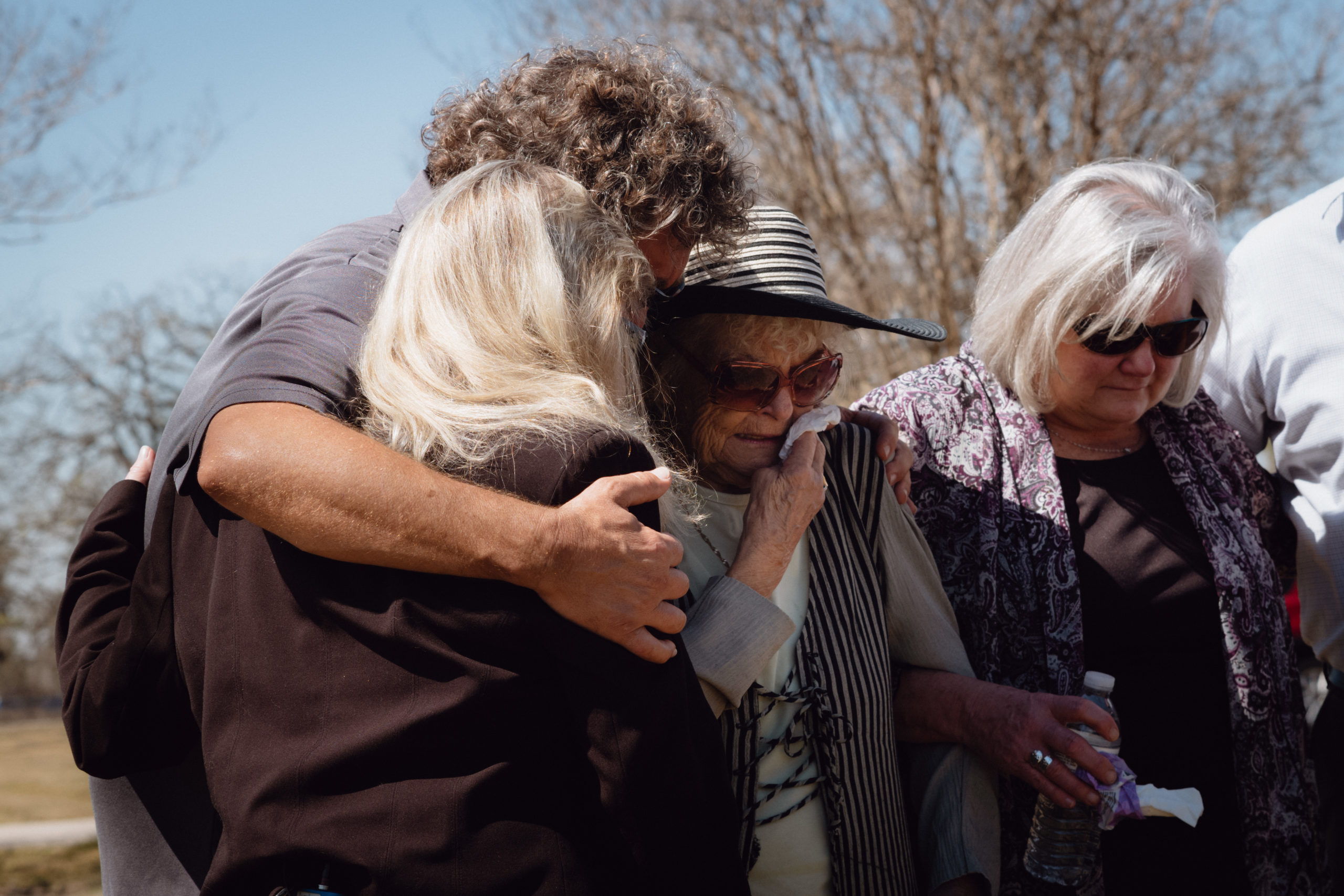
On March 1, the family matriarch, Donna, and other members of the Linn and Clouse families converged on Wallisville Road from their homes in Florida, Pennsylvania, West Virginia, and Alabama to visit the site in the woods where Tina and Dean’s bodies were found. Together, they found a pathway through the muddy grounds and moved aside branches to reach a patch of palmetto plants where the couple’s bodies were found. They wept and called aloud for justice in an effort both to commemorate Dean and Tina’s lost lives and try to bring more attention to their unsolved murders and their missing child.
Later, the family drove to the Harris County cemetery and formed a line in the stretch of freshly mown grass marked “Section G” for an impromptu graveside vigil. Donna stood in the center, embraced on either side by the linked arms of four of her children. Their shadows fell on green flags that mark the spots where they have finally found their missing loved ones.
“They’re buried together, and they’re in heaven together,” Dean’s sister Cheryl said, softly patting her mother’s shoulder and wiping her eyes with her fingertips.
Then, Donna raised a hand and offered up her own prayer: “Lord, we want justice,” she said.

